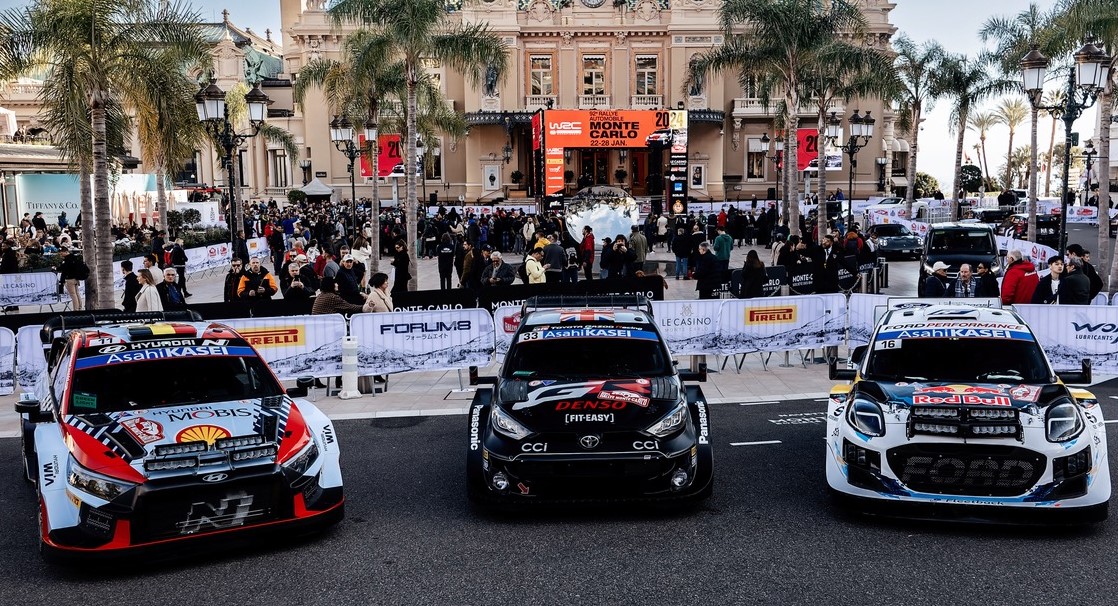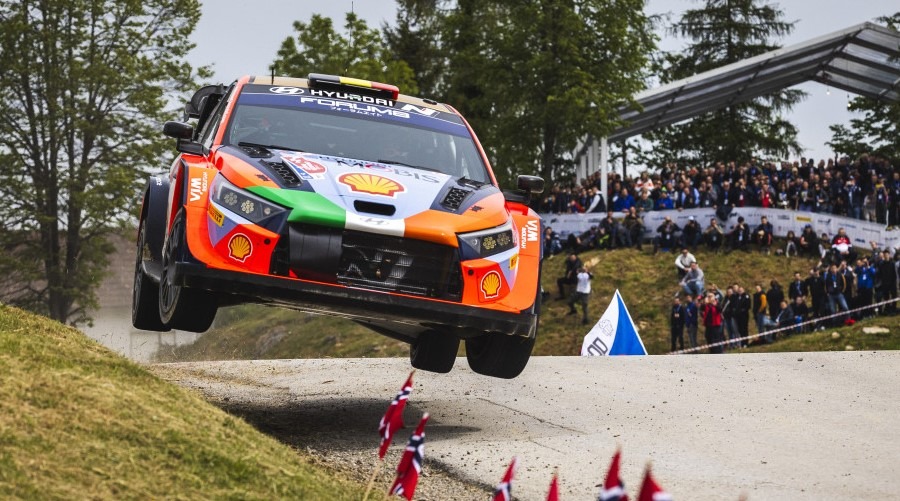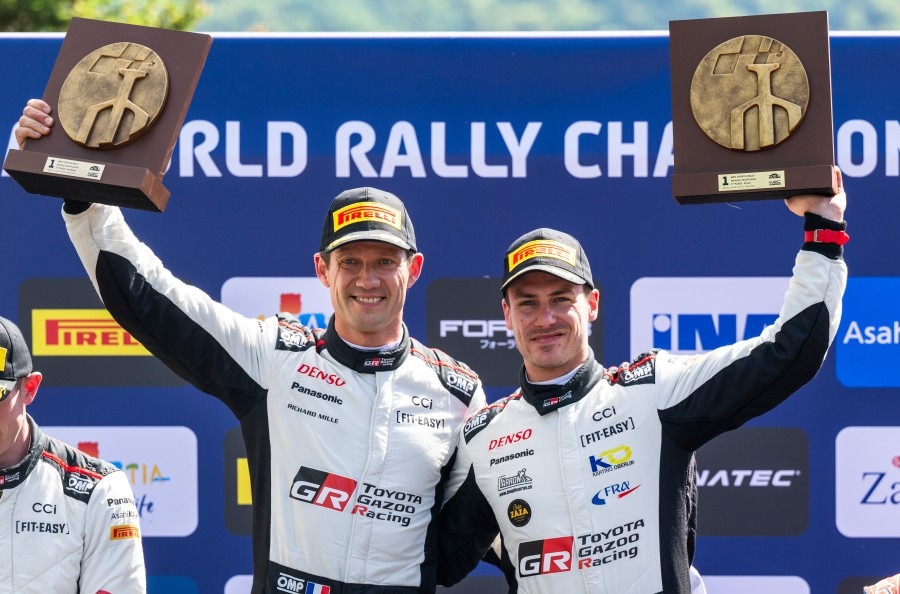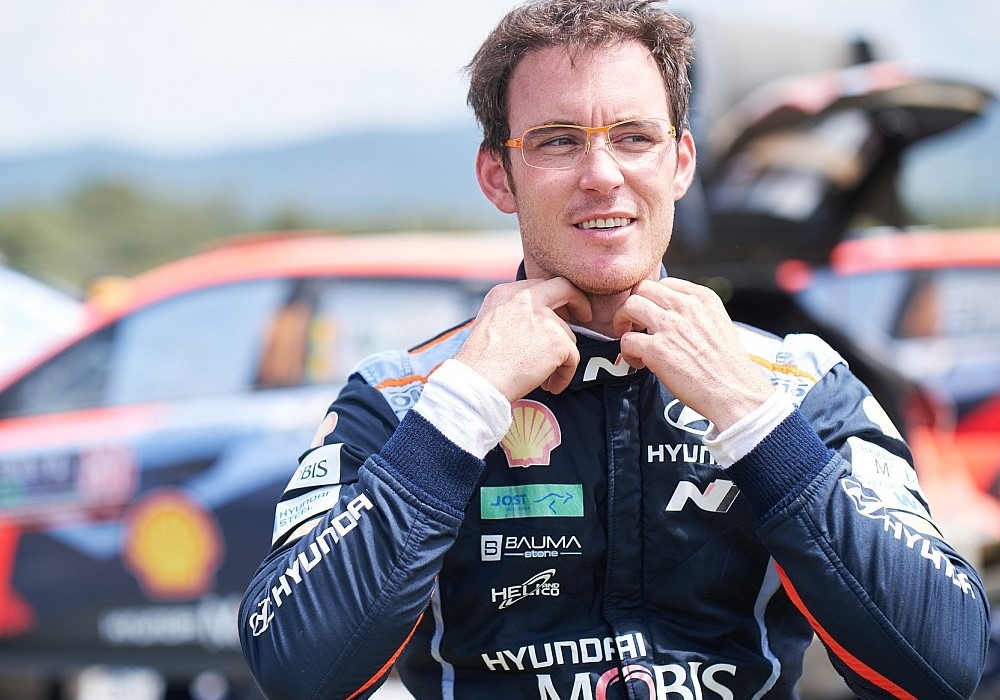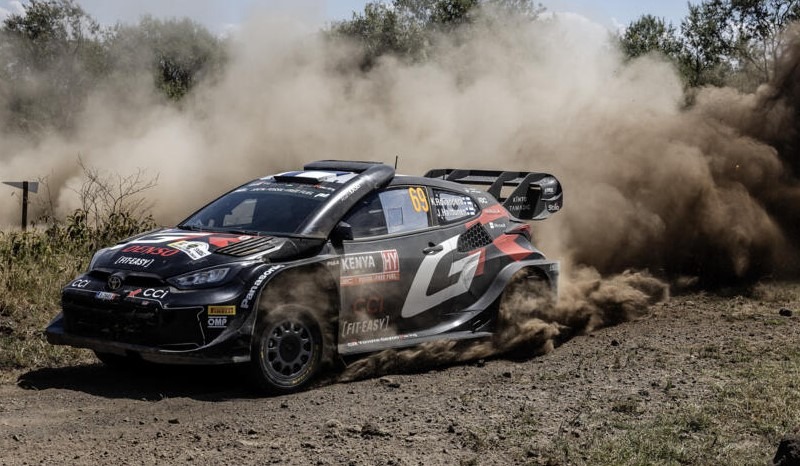Hybrid will no longer be permitted in the WRC’s premier category after this season as a part of several proposed technical regulation changes.
Hybrid will be dropped from the premier Rally1 category of the World Rally Championship at the end of this season as part of a number of proposed technical regulation changes following the World Motor Sport Council’s meeting this week.
The Future of the WRC Road Map, which covered promotion, sporting, and technical objectives, was presented by the FIA’s WRC Working Group. The World Motor Sport Council will ratify new regulations that the WRC Commission has written and brought to their meeting in June.
The Working Group is trying to update the technical and sporting regulations as well as find ways to improve the promotion and return on investment for manufacturers that participate in the amazing sport in order to make the WRC more affordable and appealing to new manufacturers.
After this season, the current generation of Rally1 cars will be considered obsolete owing to the removal of the costly hybrid technology, which raises the cost of each car to around €1 million.
The Rally1 cars will undergo an update that includes a reduction in power via a smaller turbo restrictor and more constrained aerodynamics concurrently with the arrival of Rally2+ cars. Present-day level Rally2 cars can be equipped with a WRC package that includes an optional paddle shifter, larger exhaust, increased aerodynamics, and a larger restrictor.
At the conclusion of their third year at the top of the World Rally Championship, the present hybrid-powered Rally1 cars will become obsolete as a result of these changes, which are scheduled to be put into effect in time for 2025 and are intended to reduce the gap between the top two tiers.
“The WMSC members carefully considered the recommendations of the WRC Working Group and were united in their support of the series of objectives that have been established,” FIA president Mohammed Ben Sulayem said.
“To be at the point where the WRC Commission can now work on finalising proposals that will go a long way towards cementing the WRC’s future course, once approved by the WMSC, is a significant moment for the championship, its stakeholders and the rallying community in general.
“It’s also important to note that the results of the WRC Fan Engagement Survey will be carefully considered by the WRC Commission during the process of drafting the final proposals.
“I thank all those who took part as we continue the process of delivering a WRC that’s relevant for the present and fit for the future.”
Apart from the changes recommended for 2025, the Working Group proposes major changes to the regulations for 2026.
The new cars which are based on the Rally1 concept will share a safety cell, enabling manufacturers or tuners to design rally cars with their own bodywork from Compact SUVs, B-class, C-class, or concept Cars. The center of gravity and aerodynamics will be used to equalize performance.
A reference torque curve will regulate the 2026 cars’ power, which will be capped at 330 horsepower. The Rally2 cars’ engines and transmissions will be used in the cars, which will have a price cap of €400,000 (US$433,000).
The final technical directive focuses on establishing an electric category as quickly as possible. The FIA’s technical wing has been tasked with formulating appropriate regulations in order to maintain the Rally1 safety cell and attain performance parity with Rally1 cars that run on sustainable fuel.
In an effort to take advantage of additional promotional opportunities around the series, the Working Group has also proposed the creation of a WRC Promotion Team within the FIA, which will collaborate closely with all series stakeholders.
The game plan gives individual events more flexibility in defining the path to follow in terms of sporting changes; Rally Italy’s 48-hour format, which runs from Friday afternoon to Sunday afternoon, is a perfect example of this.
The Sunday afternoon powerstage remains as the final stage of every rally event although there will be flexibility of determining the start time of their rallies.
There will be sprint-style races and lengthier endurance-based rallies on the schedule for next year, but the total mileage remains the same throughout the season.
Manufacturers will be restricted in the number of crew members they can have in a three-car team, and the service park will adopt a new design with locally sourced structures serving as the manufacturers’ base in a further attempt to reduce the costs associated with competing.
This will lessen the need for transportation and logistics and increase the flexibility of the service park, enabling a possible location shift during an event. Furthermore, it is anticipated that remote services will return in 2025.
